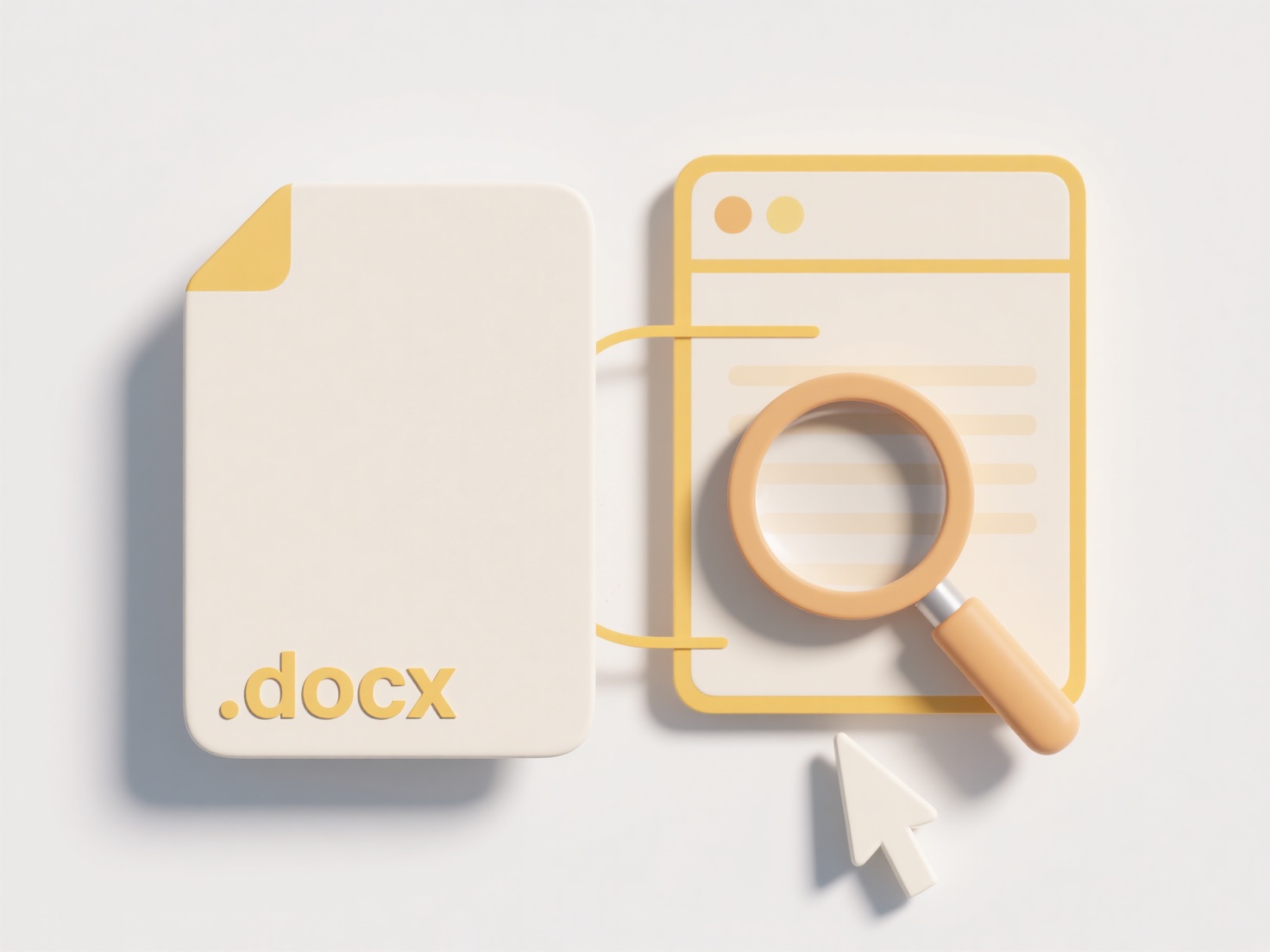
Date formatting in file names ensures chronological organization. The ISO 8601 standard (YYYY-MM-DD) is widely recommended because it sorts correctly alphabetically. This format uses a consistent structure with year first, then month, and day last, ensuring files automatically group by year, then month, then day within folders. It avoids confusing ambiguities caused by MM/DD/YYYY or DD/MM/YYYY conventions.

For example, technical logs like app_log_2023-10-25.txt sort correctly regardless of the file system. Shared documents, such as project_plan_2024-02-14_v3.docx, benefit from this format when multiple versions exist across teams. Tools supporting this include cloud storage (AWS S3 logs), version control systems (Git commits), and enterprise content management platforms.
Using YYYY-MM-DD offers key advantages: automatic chronological sorting regardless of location or language settings, reduced naming conflicts, and improved file retrieval efficiency. The primary limitation is slightly less immediate human readability compared to month names. This approach is strongly recommended for most collaborative or technical environments to avoid errors and save significant time locating files.
How do I include dates in file names properly?
Date formatting in file names ensures chronological organization. The ISO 8601 standard (YYYY-MM-DD) is widely recommended because it sorts correctly alphabetically. This format uses a consistent structure with year first, then month, and day last, ensuring files automatically group by year, then month, then day within folders. It avoids confusing ambiguities caused by MM/DD/YYYY or DD/MM/YYYY conventions.

For example, technical logs like app_log_2023-10-25.txt sort correctly regardless of the file system. Shared documents, such as project_plan_2024-02-14_v3.docx, benefit from this format when multiple versions exist across teams. Tools supporting this include cloud storage (AWS S3 logs), version control systems (Git commits), and enterprise content management platforms.
Using YYYY-MM-DD offers key advantages: automatic chronological sorting regardless of location or language settings, reduced naming conflicts, and improved file retrieval efficiency. The primary limitation is slightly less immediate human readability compared to month names. This approach is strongly recommended for most collaborative or technical environments to avoid errors and save significant time locating files.
Quick Article Links
Can I change a whole folder of .jpeg files to .jpg?
Changing file extensions from .jpeg to .jpg involves modifying the suffix of filenames. The terms .jpeg and .jpg represe...
How do I track file movement between folders?
Tracking file movement between folders involves monitoring when files are relocated within a storage system, typically o...
Can I search only for temporary or cache files?
Temporary or cache files are automatically created and stored by your operating system or applications to hold data need...